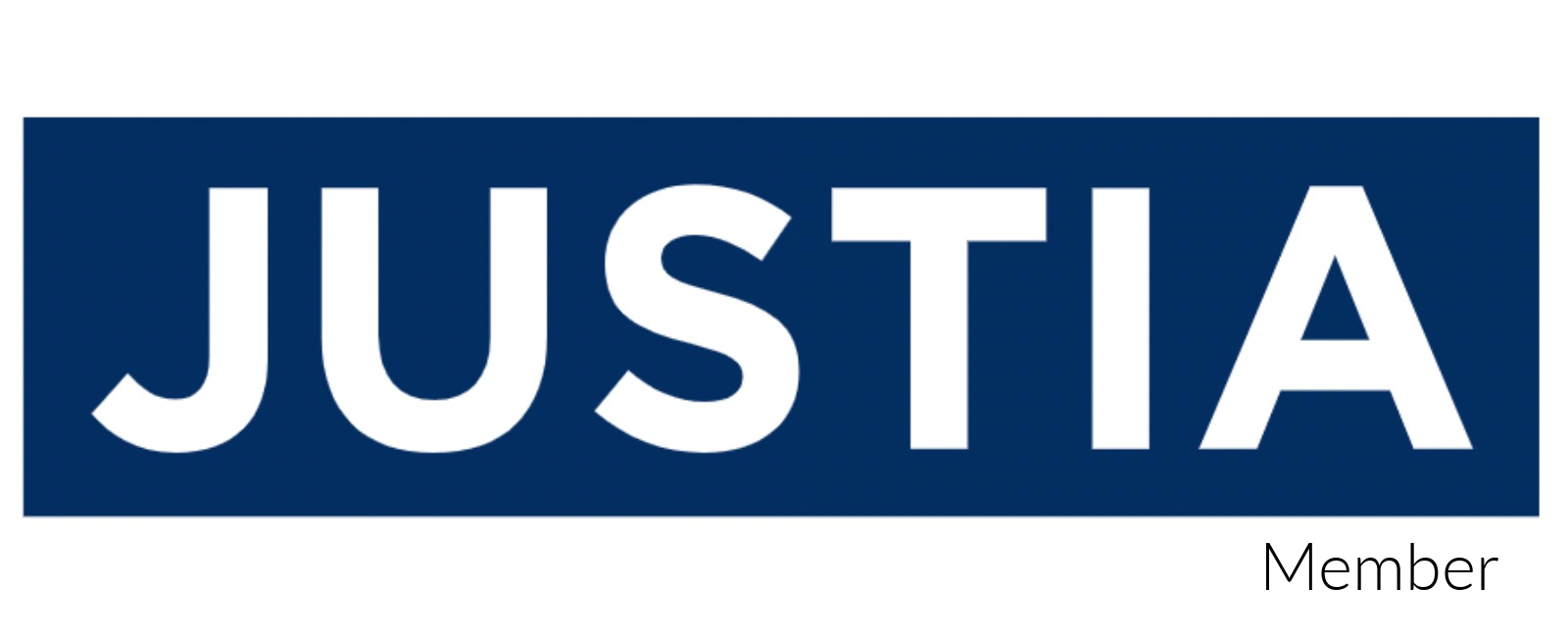- Contact Us Now: (877) 276-5084 Tap Here to Call Us
Legal Issue: Creating a Culture of Awareness: The Critical Role of Ongoing Education and Training in Trade Secret Protection
In today’s competitive business environment, the protection of trade secrets is more important than ever. Trade secrets are the lifeblood of many businesses, encompassing everything from formulas and processes to customer lists and marketing strategies. These secrets provide companies with a competitive edge, but their value is directly tied to how well they are protected from unauthorized disclosure or misappropriation. Therefore, creating a culture of awareness around trade secrets is not just a best practice—it is an essential component of a company’s overall risk management strategy. A key element of this culture is ongoing education and training, which ensures that all employees are continually aware of the importance of trade secret protection and equipped with the knowledge to safeguard proprietary information.
Understanding the Nature of Trade Secrets
Before delving into the specifics of creating a culture of awareness, it is important to clearly define what constitutes a trade secret. A trade secret is any information that derives independent economic value from not being generally known to the public or to other persons who can obtain economic value from its disclosure or use, and is the subject of efforts that are reasonable under the circumstances to maintain its secrecy. This definition, codified in the California Uniform Trade Secrets Act (CUTSA) under Civil Code § 3426.1, emphasizes two critical elements: the economic value of the information and the efforts made to keep it secret.
Trade secrets can take many forms, including technical information like formulas, algorithms, or manufacturing processes, as well as business information such as customer lists, pricing strategies, and marketing plans. The common thread is that these secrets provide a competitive advantage because they are not generally known and have been carefully guarded. However, the very nature of trade secrets makes them vulnerable to misappropriation, especially in today’s digital age where information can be easily transmitted and shared.
The Importance of a Proactive Approach to Trade Secret Protection
Given the inherent risks associated with trade secrets, companies cannot afford to take a passive approach to their protection. Instead, they must be proactive in creating a culture of awareness that permeates every level of the organization. This culture should begin with a clear understanding of what trade secrets are and why they are valuable, but it must go much further. It must also involve ongoing education and training that ensures all employees understand their role in protecting these assets.
Regular Training Sessions: The Foundation of Trade Secret Awareness
The first step in creating a culture of awareness is to provide regular training sessions for all employees. These sessions should cover the basics of trade secret law, including the definition of a trade secret under CUTSA, the legal consequences of trade secret misappropriation, and the specific trade secrets that are relevant to the company. For example, employees should be made aware that even an inadvertent disclosure—such as mentioning a confidential project to a friend or sharing sensitive information on social media—can lead to significant legal and financial repercussions for the company.
In addition to covering the basics, these training sessions should also be tailored to the specific roles and responsibilities of the employees. For example, employees in research and development may need to focus on protecting technical trade secrets, while those in sales and marketing may need to understand the importance of safeguarding customer lists and pricing strategies. By tailoring the training to the specific needs of different departments, companies can ensure that all employees are equipped with the knowledge they need to protect the trade secrets they encounter in their day-to-day work.
Beyond Initial Training: The Need for Ongoing Education
While initial training is important, it is not enough to create a lasting culture of awareness. Employees need to be continually reminded of the importance of trade secret protection, and they need to be kept up to date on the latest legal developments and company policies. This is where ongoing education comes into play.
Ongoing education can take many forms, including regular workshops, updates on relevant legal cases, and reminders of company policies. For example, a company might hold quarterly workshops where employees are presented with hypothetical scenarios involving trade secret issues. These scenarios could involve common situations, such as how to respond to a request for confidential information from a third party, or more complex situations, such as dealing with an employee who is leaving the company and may take trade secrets with them. By engaging employees in these scenarios, companies can reinforce the importance of vigilance and help employees apply the principles they’ve learned to real-world situations.
Another effective approach to ongoing education is to circulate summaries of recent legal cases where businesses have faced litigation due to lapses in trade secret protection. These case summaries can serve as powerful reminders of the real-world consequences of failing to protect trade secrets. For example, a summary of a case where a company lost millions of dollars because a former employee disclosed confidential information to a competitor can drive home the importance of trade secret protection in a way that abstract legal principles cannot.
Establishing Clear Protocols for Handling Trade Secrets
In addition to training and education, it is essential to establish clear protocols for handling trade secrets within the company. These protocols should cover every aspect of trade secret protection, from who has access to the information to how it is stored and communicated. For example, a company might implement a policy that restricts access to trade secrets to only those employees who need the information to perform their jobs. Similarly, protocols should be in place to ensure that trade secrets are stored securely, whether in physical files or digital formats.
Communication protocols are also critical. Employees should be trained to recognize potential threats, such as phishing attempts or social engineering tactics, that could compromise trade secrets. They should also be instructed on the proper procedures for sharing trade secrets within the company and with third parties. For example, any communication involving trade secrets should be encrypted, and employees should be reminded never to share trade secrets over unsecured channels, such as personal email accounts or messaging apps.
Regularly updating these protocols and ensuring that employees are aware of any changes is critical for maintaining robust trade secret protection. For example, if a new technology is introduced that could impact the way trade secrets are stored or transmitted, employees should be trained on how to use the technology securely. Similarly, if new legal developments occur, such as changes to the CUTSA or new case law, employees should be informed of how these developments impact the company’s trade secret protection efforts.
Creating a Culture of Awareness: The Role of Leadership
Creating a culture of awareness requires a top-down approach, with leadership playing a critical role in setting the tone for the organization. Leaders must not only talk about the importance of trade secret protection but also model the behaviors they want to see in their employees. This means that leaders should be actively involved in trade secret training and education efforts, and they should take every opportunity to reinforce the importance of protecting the company’s proprietary information.
Leaders should also ensure that trade secret protection is integrated into the company’s overall risk management strategy. This might involve conducting regular audits of the company’s trade secret protection efforts, reviewing and updating policies and protocols, and making trade secret protection a key performance metric for managers and employees.
The Legal Implications of Failing to Protect Trade Secrets
The importance of creating a culture of awareness around trade secrets cannot be overstated, as the legal implications of failing to protect these assets can be severe. Under CUTSA, companies that fail to take reasonable steps to protect their trade secrets may find that they have no legal recourse if those secrets are misappropriated. This means that even if a competitor uses the company’s trade secrets to gain an unfair advantage, the company may be unable to recover damages or obtain an injunction if it cannot demonstrate that it took reasonable steps to maintain the secrecy of the information.
In addition to losing legal protection, companies that fail to protect their trade secrets may also face significant financial losses. For example, if a competitor gains access to a company’s trade secrets, they may be able to replicate the company’s products or services, undercut its pricing, and capture its market share. This can result in millions of dollars in lost revenue, not to mention the potential damage to the company’s reputation and customer relationships.
Conclusion: The Necessity of Ongoing Education and Training
In conclusion, creating a culture of awareness around trade secrets is essential for any company that relies on proprietary information to maintain its competitive edge. This culture must be built on a foundation of ongoing education and training, which ensures that all employees understand the importance of trade secret protection and are equipped with the knowledge and tools they need to safeguard these valuable assets. By taking a proactive approach to trade secret protection, companies can significantly reduce the risk of misappropriation and strengthen their overall security posture.
Moreover, by integrating trade secret protection into the company’s overall risk management strategy and ensuring that leadership is actively involved in these efforts, companies can create a culture of awareness that permeates every level of the organization. In doing so, they can protect their trade secrets, preserve their competitive advantage, and avoid the legal and financial consequences of failing to protect their most valuable assets.









